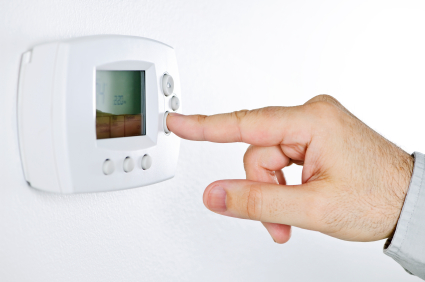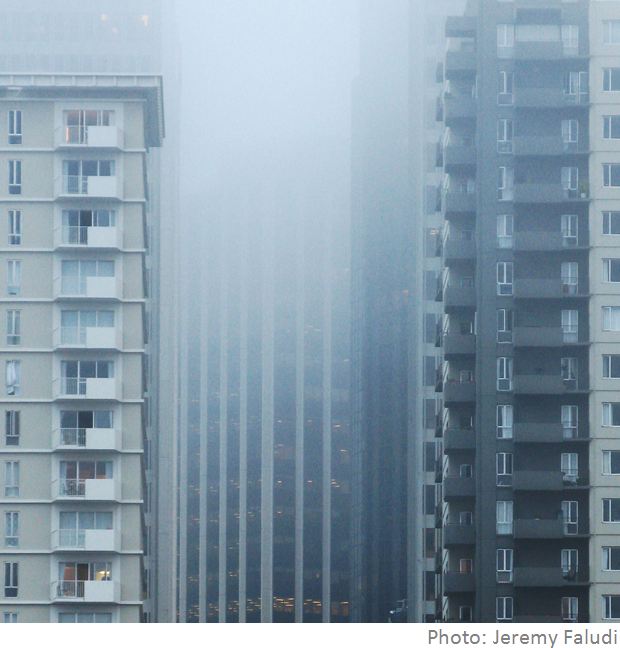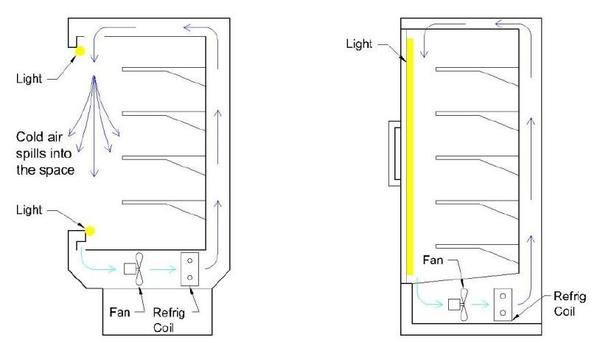HVAC
Software
HVAC operations and maintenance ("O&M") are the practices that keep mechanical systems working at peak performance during the life of the building. As a designer, your choices can make it easy or hard to maintain your thermal comfort systems.
Controls for thermal comfort keep occupied spaces within comfortable temperature and humidity values. Good controls can save a lot of energy.
Reducing lesses in an HVAC system’s air distribution system can help provide energy efficiency gains. The efficiency of any given air path is generally measured by its resistance to air flow. This is its static pressure loss or "head loss". Heat losses are also important to avoid.
Once heat is generated or moved in or out of the building, it must be delivered to where it is needed. Most HVAC systems do this by heating or cooling forced air. Large buildings have complex systems with central air handlers connected by ducts or plenums, fans, and dampers to adjust the volume of air entering occupied spaces.
Humidity control systems add or remove water vapor from indoor air to stay within proper humidity ranges. Humidity control is important because It is a large factor in people's thermal comfort, can lead to mold and mildew, and dehumidifcation is a large energy user.
Pages
Project Gallery Examples
A student activity using RMI's 10xE principals and Autodesk BIM solutions.




